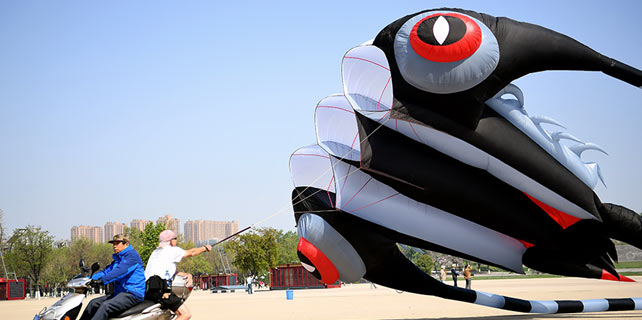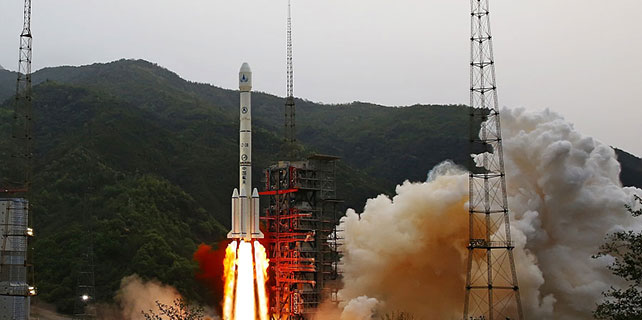Zhangjiajie promotes itself in NYC
Pandora in the movie Avatar is utopian, but Zhangjiajie is real.
Zhangjiajie in the northwest of China's Hunan province is one of the country's most scenic areas. The beauty was captured in the 2010 Oscar-winning movie Avatar, spurring interest among foreign tourists.
The science fiction film was set in the mid-22nd century, when humans are colonizing Pandora. The Hallelujah Mountains in Avatar were inspired by Heavenly Pillar in Zhangjiajie National Forest Park.
To give Zhangjiajie's unique natural landscape greater international exposure and increase tourism, the municipal government of Zhangjiajie held a briefing on Friday at Xinhua's North American headquarters at Times Square in Manhattan. Guests included representatives of the New York tourism industry.
"We hope not only Chinese tourists, but more American tourists and tourists from across the world will come to visit Zhangjiajie to experience the magnificent natural beauty," said Wang Zhaoye, deputy secretary-general of Zhangjiajie.
He said that this year Zhangjiajie has had major tourism exchanges and cooperation with 10 countries and regions, including France, Thailand, Laos and Israel, according to Wang.
"I think this progress should be explained to potential tourists internationally, to help them have new recognition of Zhangjiajie," said Wang, who hoped to use the the promotional event in New York to present Zhangjiajienot only to Americans, but globally.
Zhangjiajie is famous for its precarious peaks, limpid streams, dense forests and large karst caves. It is dominated by more than 3,000 narrow sandstone pillars and peaks, many more than 2,600 feet high. Between the peaks are ravines and gorges with streams, pools and waterfalls, 40 caves and two large natural bridges. It is also home to endangered plant and animal species.
In 1982, Zhangjiajie became China's first national forest park. In 1992, it was listed in the World Natural Heritage Catalogue by UNESCO and in 2004, Zhangjiajie was awarded the title of "World Geological Park".
Wang said, Zhangjiajie has had a long history with the Americans. When visiting Zhangjiajie in 1986, the then lieutenant-governor of Colorado, Nancy E. Dick, exclaimed that visitors to Zhangjiajie should pay $5 for every breath because of the area's pure air. The forest park is considered a huge "natural oxygen bar".
In 2007, Simon Winchester expressed his admiration for the magnificent scenery of Zhangjiajie in an article in The New York Times. "This is as great as the Great Wall", "...the towers to which it leads are not skyscrapers — well, they are, though not made of steel and glass, but natural, of a buff Cretaceous sandstone, and topped with clinging pine trees," he wrote.
In 2011, American professional skydiver Jeb Corliss successfully glided through the 100-foot-wide archway in the Tianmen Mountain cave in Zhangjiajie using only a wingsuit.
In recent years, tourism in Zhangjiajie has grown and a great progress has been made in increasing the international tourism marketing and expanding international exchanges and cooperation.
xiaohong@chinadailyusa.com
















